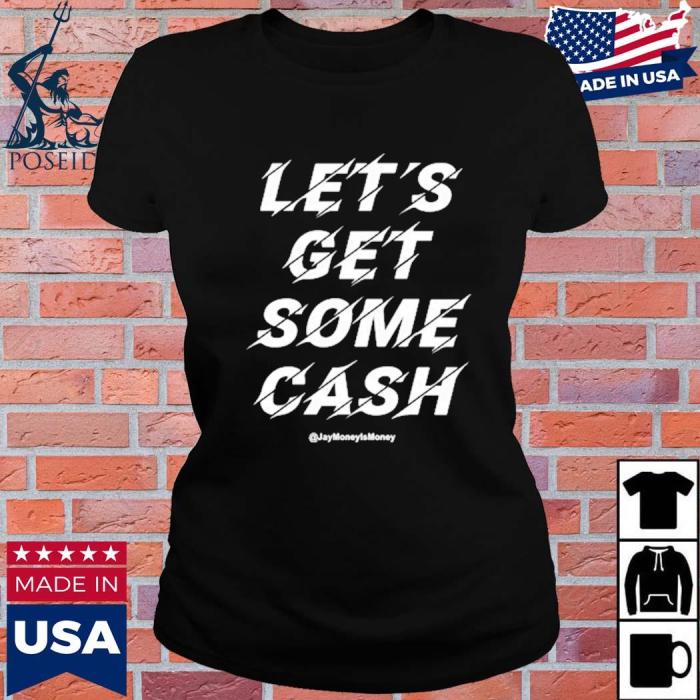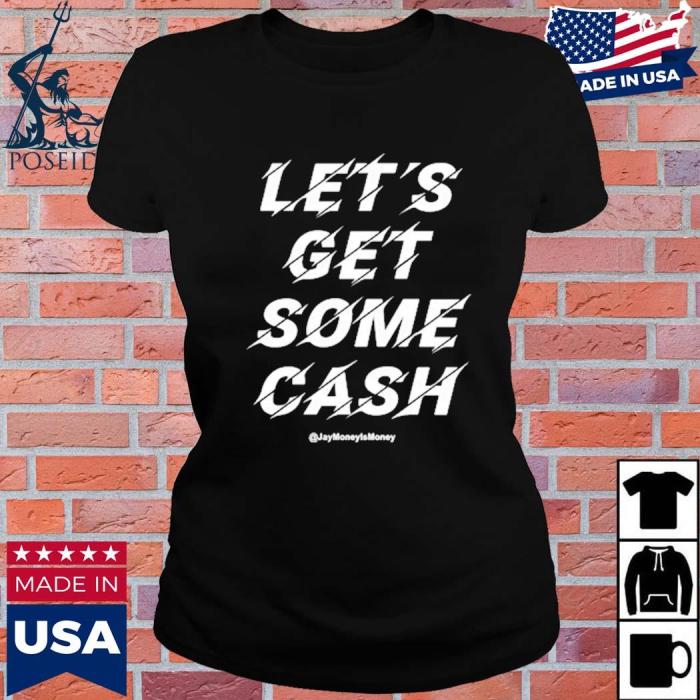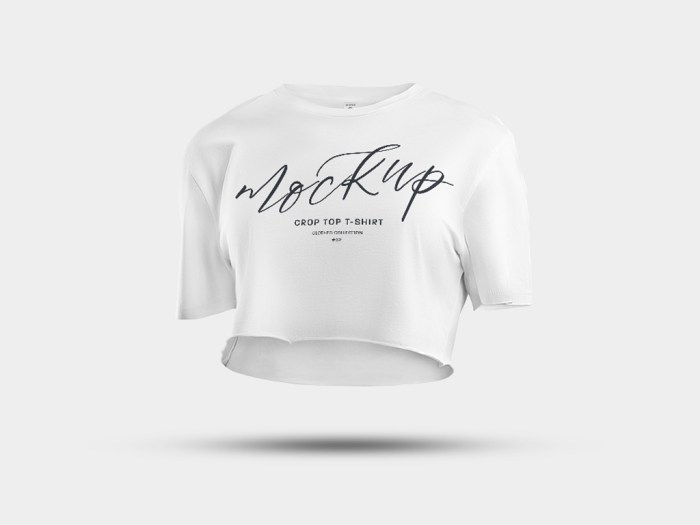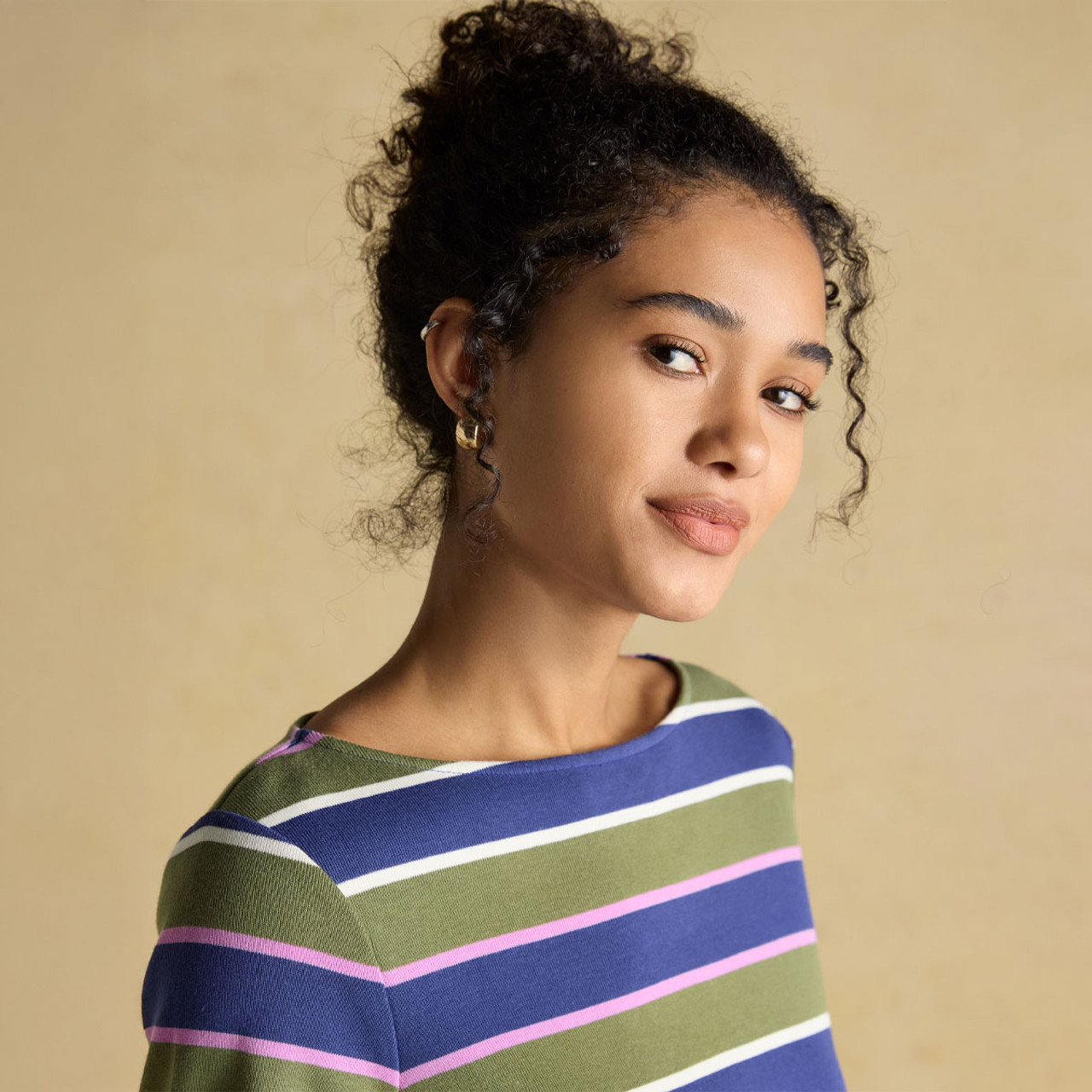Diwali indias festival of lights – Diwali, India’s Festival of Lights, is a vibrant celebration steeped in rich history and cultural significance. It’s a time of joyous festivities, where families come together, homes are illuminated, and the spirit of togetherness shines brightly.
This festival, deeply rooted in various regional stories and traditions, holds a special place in the hearts of millions. From the historical accounts of Lord Rama’s return to the modern-day adaptations, Diwali’s narrative spans centuries, reflecting the evolution of Indian society and culture.
Historical Significance: Diwali Indias Festival Of Lights
Diwali, the festival of lights, is a vibrant celebration deeply rooted in Indian history and mythology. More than just a festival of lights, it represents the triumph of good over evil, knowledge over ignorance, and light over darkness. The stories and traditions associated with Diwali have evolved over centuries, adapting to different regions and cultures across India.The festival’s enduring appeal stems from its rich tapestry of historical accounts and mythological narratives.
These stories, passed down through generations, have shaped the way Diwali is celebrated today, with each region incorporating its unique traditions. The historical context in which these celebrations emerged is crucial to understanding the enduring relevance of Diwali in modern India.
Origins and Evolution Across Regions
Diwali’s origins are intertwined with various historical events and mythological tales. The festival isn’t a single, monolithic celebration; rather, it’s a collection of regional traditions that have converged over time. Different parts of India have their own unique stories and customs associated with Diwali.
- North India: Celebrations in northern India are often linked to the return of Lord Rama, Sita, and Lakshmana to Ayodhya after their 14-year exile. The story of their victory over Ravana is central to the festivities. This region often emphasizes the lighting of diyas (oil lamps) to guide the returning figures.
- South India: In southern India, Diwali is linked to the victory of Lord Krishna over Narakasura, a demon king. The legend of the demon king’s defeat and the subsequent liberation of the people is commemorated with festivities. The celebration also has links to the day of Lord Vishnu’s marriage to Goddess Lakshmi.
- West India: The return of Lord Vishnu as Vamanavataara, and the subsequent victory over the demon king Bali, are central to Diwali celebrations in western India. This region also connects the festival to the worship of Goddess Lakshmi, the goddess of wealth and prosperity.
- East India: Diwali in eastern India is often associated with the worship of Goddess Kali. The celebration often incorporates rituals dedicated to the Goddess of power and destruction, representing the triumph of good over evil.
Mythological Stories and Significance
Diwali is deeply intertwined with several significant mythological stories, each adding a unique layer of meaning to the celebrations. These stories aren’t just narratives; they are powerful symbols that have shaped the cultural identity of India.
Diwali, India’s festival of lights, is a spectacular celebration of good over evil. The vibrant atmosphere and dazzling displays of lights are truly unforgettable. If you’re looking for a truly unique way to experience the dazzling energy, why not celebrate with a spectacular rooftop view? Consider one of New York City’s incredible rooftop bars, offering stunning cityscapes for a truly unforgettable experience.
Best rooftop bars in new York City offer a fantastic alternative to the traditional Diwali celebrations, while still embracing the festival’s spirit. It’s a different take on the dazzling lights and celebratory atmosphere, perfect for those seeking a modern twist on the ancient traditions.
- Lord Rama’s Return: The most prominent story is the return of Lord Rama, Sita, and Lakshmana to Ayodhya after defeating Ravana. Their triumphant return is celebrated with the lighting of diyas, signifying the victory of good over evil and the triumph of righteousness. This symbolizes the importance of virtue and the enduring hope for good to prevail.
- Victory of Lord Krishna: In some regions, Diwali celebrates Lord Krishna’s victory over the demon Narakasura. The legend highlights the importance of overcoming adversity and the liberation of the oppressed.
- Goddess Lakshmi’s Worship: Diwali is also associated with the worship of Goddess Lakshmi, the goddess of wealth and prosperity. The lighting of lamps is believed to invite her blessings into homes and businesses, symbolizing the importance of good fortune and abundance.
Historical Context and Adaptations
Diwali’s historical context is intricately linked to the evolution of Indian society and culture. The celebrations have adapted over time, incorporating new elements while retaining core traditions. The festival’s enduring appeal lies in its ability to connect with the spirit of the people.
- Adaptation to Modern Times: Diwali’s celebrations have adapted to the modern world, with new technologies and traditions being incorporated. The festival remains a vibrant expression of Indian culture, embracing modernity while retaining its rich heritage.
- Regional Variations: The celebrations vary significantly across different regions of India, reflecting the diversity of Indian culture. Each region has its unique traditions and customs, contributing to the rich tapestry of Diwali celebrations.
Religious and Cultural Aspects
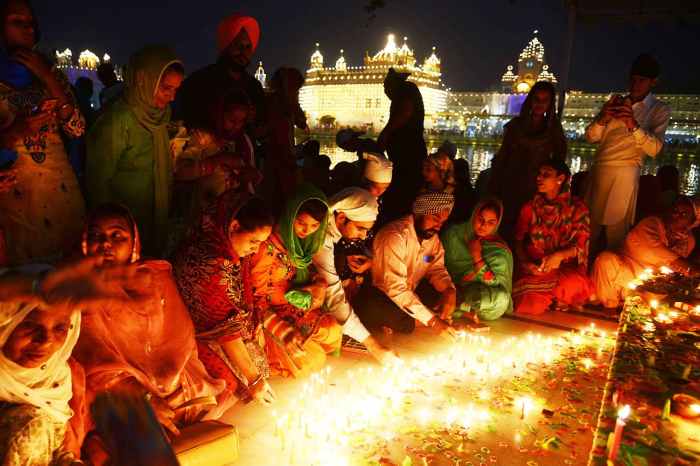
Diwali, the Festival of Lights, transcends its historical significance to deeply imbue Indian society with religious and cultural meaning. It’s a celebration that intertwines spiritual devotion with vibrant social rituals, making it a powerful unifying force across diverse communities. The festival’s emphasis on light overcoming darkness, good triumphing over evil, and the return of cherished figures profoundly resonates with the values and traditions of India.Beyond its historical roots, Diwali’s enduring appeal lies in its intricate tapestry of religious beliefs and cultural practices.
Different communities and regions in India embrace the festival with unique customs, showcasing the remarkable diversity within the nation. The shared threads of faith, family, and festivity bind the celebrations together, creating a tapestry of vibrant traditions.
Religious Significance of Diwali
Diwali is deeply rooted in various religious traditions. For Hindus, it marks the return of Lord Rama after fourteen years of exile, symbolizing the victory of good over evil and the triumph of light over darkness. Other deities are also associated with Diwali, reflecting the multifaceted nature of the festival. The celebration also aligns with other significant events and stories.
Cultural Importance of Diwali in Indian Society
Diwali is a significant cultural event, deeply embedded in the fabric of Indian society. It fosters a sense of unity and togetherness within families and communities. The festival’s social dimension is undeniable, with gatherings, exchanging gifts, and sharing meals strengthening familial and social bonds. The vibrant atmosphere of Diwali is a spectacle that brings people together, fostering a spirit of camaraderie.
Rituals and Ceremonies During Diwali Celebrations
Diwali celebrations involve a range of rituals and ceremonies, each with its own symbolic meaning. The lighting of diyas (earthen lamps) represents the triumph of light over darkness, symbolizing the pursuit of knowledge and wisdom. The exchange of sweets and gifts fosters a spirit of generosity and strengthens relationships. Other rituals like decorating homes, performing Lakshmi Puja (worship of the goddess of wealth), and bursting firecrackers (a tradition with growing environmental awareness) are integral parts of the festivities.
Diwali Celebrations Across Different Communities and Regions, Diwali indias festival of lights
Diwali celebrations vary across different communities and regions in India. While the core values remain consistent, the specific rituals and traditions often reflect local customs and beliefs. For instance, in North India, Diwali is primarily associated with Lord Rama’s return, whereas in South India, it’s often linked to Lord Krishna’s victory over Narakasura. These regional variations showcase the richness and diversity of Indian culture.
Key Religious Figures and Stories Associated with Diwali
| Region | Deity | Story |
|---|---|---|
| North India | Lord Rama | Return from exile, signifying the victory of good over evil. |
| South India | Lord Krishna | Killing of Narakasura, a demon king, representing the triumph of light over darkness. |
| West India | Goddess Lakshmi | Worship of Goddess Lakshmi, the goddess of wealth and prosperity, emphasizing the importance of wealth and well-being. |
Practices and Customs

Diwali, the festival of lights, isn’t just about illuminating homes; it’s a vibrant tapestry woven with age-old traditions and customs. These practices, deeply rooted in religious and cultural significance, reflect the spirit of the festival and connect generations across India. They range from the symbolic act of cleaning homes to the joyous exchange of gifts and the spectacular display of fireworks.
Each practice holds a unique meaning and contributes to the overall celebratory atmosphere.The traditions observed during Diwali are a testament to the rich cultural heritage of India. They are not simply rituals; they represent values of prosperity, well-being, and the triumph of good over evil. From the meticulous preparation of rangoli designs to the sharing of sweets and gifts, each custom plays a crucial role in making Diwali a memorable experience.
The practices have also evolved over time, adapting to modern sensibilities while retaining their core essence.
Traditional Practices
Various traditional practices are integral to Diwali celebrations across India. These practices are often deeply intertwined with the religious and spiritual significance of the festival.
- Cleaning Homes: A common practice across many communities involves thorough cleaning of homes and businesses. This symbolic act is seen as removing negativity and welcoming positivity and prosperity. The act of cleaning also reflects the idea of new beginnings, much like spring cleaning, and preparing for the festivities ahead. This custom often includes painting, decorating, and organizing the house to create a welcoming atmosphere for the occasion.
- Lighting Lamps (Diyas): The lighting of diyas, small clay lamps filled with oil and a wick, is a central practice in Diwali celebrations. The light symbolizes the triumph of light over darkness, knowledge over ignorance, and good over evil. This tradition is followed with reverence and often involves placing diyas strategically around the house and in public spaces.
- Exchanging Gifts: The exchange of gifts is an important part of Diwali celebrations. It signifies affection and the sharing of happiness. The tradition often involves exchanging sweets, dry fruits, and other gifts, reflecting the spirit of togetherness and goodwill.
- Bursting Crackers: The bursting of firecrackers, while a vibrant part of the celebrations in some regions, has been increasingly questioned due to its environmental impact and safety concerns. Historically, crackers were believed to ward off evil spirits and mark the victory of good over evil. The loud noises are meant to scare away negative energies.
Regional Variations in Practices
The practices associated with Diwali vary slightly across different regions and communities in India.
| Practice | Region | Significance |
|---|---|---|
| Rangoli | All over India | Decorative art, welcoming spirits, expressing creativity |
| Lakshmi Puja | North India | Worship of Goddess Lakshmi, signifying prosperity and wealth |
| Govardhan Puja | North India | Celebrating Lord Krishna’s lifting of Mount Govardhan |
| Bhai Dooj | North India | Celebrating the bond between brothers and sisters |
| Lighting of Bonfires | Some rural areas | Celebrating the victory of good over evil, warding off evil spirits |
Modern Adaptations
The traditions of Diwali have adapted to modern times while retaining their core values. Many communities continue to celebrate with enthusiasm, incorporating contemporary elements into their celebrations. The exchange of gifts has expanded to include more modern options, and online platforms now facilitate gift exchanges and the sharing of festive greetings. However, some practices, like the use of fireworks, are facing scrutiny due to their environmental impact and safety concerns.
Diwali, India’s Festival of Lights, is a vibrant celebration filled with dazzling displays of lamps and joyous festivities. Thinking about escaping the hustle and bustle of Diwali celebrations? Why not consider some truly stunning destinations like the picturesque islands of Vanuatu, known for their lush landscapes and laid-back vibes? Best places to visit in vanuatu offer a unique escape, perfect for those seeking a tranquil retreat after the Diwali revelry.
Ultimately, Diwali is a wonderful time to reflect on the past year and look forward to the new one, and a change of scenery can be just the thing!
In some areas, awareness campaigns encourage alternative, less harmful ways to celebrate the festival.
Modern Diwali Celebrations
Diwali, the festival of lights, is experiencing a fascinating evolution as it intertwines with the modern world. Traditions are being reinterpreted, technology is playing a crucial role, and global communities are embracing the spirit of the festival in unique ways. The ancient rituals are now expressed through modern mediums, reflecting a dynamic and vibrant celebration.Modern Diwali celebrations showcase a remarkable blend of tradition and innovation.
The festival’s core values – light triumphing over darkness, knowledge over ignorance, and good over evil – remain central, but the expressions of these values are increasingly diverse. The use of technology and social media, for instance, has transformed how people connect and share the joy of Diwali.
Adaptation to Modern Technology
Diwali’s embrace of technology is profound. Social media platforms are now vital tools for sharing wishes, photos, and updates about the festival. Online shopping has become a significant part of the pre-Diwali frenzy, with e-commerce sites seeing a surge in sales of traditional items and festive decorations. Virtual celebrations allow geographically dispersed families and friends to participate in the festivities, transcending physical limitations.
Trends in Modern Diwali Celebrations
Several prominent trends characterize modern Diwali celebrations. While traditional diyas remain important, electric lights and elaborate decorations have become more prevalent, particularly in urban areas. The use of fireworks, though regulated in many places, continues to be a spectacular part of the festivities for many. The shift towards online shopping for festive items reflects the growing influence of digital commerce.
Global Celebrations of Diwali
Diwali’s presence extends beyond India’s borders. Significant Diwali celebrations take place in various countries, particularly in regions with substantial Indian diaspora communities. In the United Kingdom, Canada, and the United States, for example, vibrant cultural events, often including food stalls, music performances, and firework displays, mark the festival. These celebrations showcase the universality of Diwali’s message of hope and prosperity, fostering a sense of community and cultural exchange.
Traditional vs. Modern Diwali Celebrations
| Aspect | Traditional | Modern |
|---|---|---|
| Lighting | Diyas (earthen lamps) | Electric lights, laser shows, and elaborate light displays |
| Shopping | Local markets and shops | Online shopping platforms and e-commerce websites |
| Communication | Personal visits, written messages, and phone calls | Social media posts, video calls, and online greetings |
| Celebrations | Family gatherings, prayers, and traditional rituals | Public events, community gatherings, and cultural performances |
Economic Impact
Diwali, the festival of lights, is more than just a celebration of religious and cultural significance; it’s a major economic driver in India. The festivities create a significant surge in spending across various sectors, impacting retail, tourism, and even the entertainment industry. The vibrant atmosphere and the spirit of giving and sharing further fuel the economic engine, driving a positive ripple effect throughout the nation.The sheer scale of Diwali celebrations makes it a powerful catalyst for economic activity.
Diwali, India’s festival of lights, is a vibrant celebration of good over evil. Thinking about a peaceful retirement? If you’re looking for the perfect spot to enjoy the warm California sunshine and maybe even a Diwali celebration, exploring the best places to retire in California could be a great idea. best places to retire in california offers a variety of options, and finding a place with a strong Indian community might make Diwali celebrations even more special.
Ultimately, Diwali is a beautiful reminder of the triumph of light over darkness, a celebration I love!
From the dazzling displays of lights to the exchange of gifts, the festival is intrinsically linked to consumption, leading to substantial growth in various market segments. The festival’s impact on the Indian economy is undeniable, reflected in the substantial financial contributions from households and businesses alike.
Spending Patterns and Implications
Diwali shopping is a significant part of the Indian economy, with spending patterns varying based on regional differences and socioeconomic factors. However, a common thread runs through these patterns: a marked increase in consumer spending across multiple sectors. Families invest in new clothes, decorations, sweets, and firecrackers, while businesses often offer special deals and promotions to capitalize on the festive season.
This surge in demand often translates into increased production, employment, and overall economic growth.
- Household Spending: Families allocate a substantial portion of their disposable income to Diwali celebrations. This includes purchasing new clothes, home décor, gifts, sweets, and firecrackers. The increase in household spending directly impacts the retail sector and related industries, stimulating economic activity.
- Business Spending: Businesses also contribute to the economic boost. Retailers and manufacturers often offer attractive discounts and promotions, further driving consumer spending. This increased sales activity translates into profits and revenue for companies.
- Impact on Retail Sector: The surge in demand for goods and services during Diwali creates a significant opportunity for retailers. From apparel stores to electronics shops, all witness a spike in sales. This translates into increased employment opportunities, particularly in retail and related sectors. The festive spirit also motivates retailers to create attractive displays and marketing campaigns to maximize sales.
Role of Diwali in Boosting the Indian Economy
Diwali’s role in boosting the Indian economy is multifaceted, extending beyond retail to encompass a wider range of sectors. The festival provides a platform for businesses to showcase their products and services, promoting economic growth.
- Tourism and Hospitality: Diwali celebrations often attract tourists to various parts of the country, particularly regions with significant cultural and religious significance. This influx of tourists boosts the hospitality sector, creating employment opportunities in hotels, restaurants, and transportation.
- Entertainment Industry: Diwali also has a considerable impact on the entertainment industry. Film releases and promotional activities often align with the festive season, leading to increased viewership and revenue for producers and distributors. The increased festive spirit also results in increased viewership and revenue for the entertainment industry.
- Overall Economic Growth: The combined impact of increased consumer spending, business activities, and tourism contributes significantly to the overall economic growth of the country. The positive effects ripple through the economy, affecting various industries and segments, boosting overall GDP.
Influence of Diwali on Businesses
Diwali presents a unique opportunity for businesses to capitalize on the festive spirit. Strategies to maximize profits during this period often involve offering attractive deals and promotions.
- Targeted Marketing Campaigns: Businesses utilize Diwali as a platform to introduce new products and services, often launching targeted marketing campaigns to capture the attention of potential customers.
- Seasonal Promotions and Discounts: Companies often leverage the festive season to offer special discounts and promotions to attract customers and boost sales.
- Product Enhancements and Innovations: Businesses might introduce new products or enhance existing ones to align with the festive spirit. This allows them to tap into the increased consumer spending during Diwali.
Diwali and its Global Presence
Diwali, the Festival of Lights, transcends geographical boundaries, finding a vibrant presence in communities across the globe. Its celebration is no longer confined to India, but has become a significant cultural event for the Indian diaspora and other communities worldwide. This global spread of Diwali highlights the enduring appeal of its traditions and the rich cultural exchange it fosters.The growing popularity of Diwali celebrations in various countries is a testament to its universal themes of light overcoming darkness, good triumphing over evil, and the renewal of hope.
This appeal, combined with the increasing mobility of people, has led to Diwali celebrations becoming an integral part of the cultural landscape in many non-Indian nations.
Indian Diaspora Celebrations
The Indian diaspora plays a vital role in spreading Diwali celebrations worldwide. They maintain their cultural ties while adapting to the local customs and traditions of their adopted countries. Indian communities in various countries organize elaborate celebrations, from lighting diyas and exchanging sweets to hosting cultural events and performances. These celebrations often blend traditional Indian customs with local elements, resulting in unique and vibrant expressions of Diwali.
Cultural Exchange
Diwali celebrations in different parts of the world facilitate cultural exchange. This exchange extends beyond mere festivities; it encompasses sharing of food, music, dance, and stories, enriching the cultural landscape of the host countries. The vibrant displays of lights, colours, and rituals create a sense of shared experience and understanding. This cross-cultural exchange fosters appreciation and understanding between different communities.
Global Presence of Diwali
The popularity of Diwali celebrations is evident across numerous countries. The Indian diaspora, in particular, plays a crucial role in establishing and maintaining Diwali traditions. They are the driving force behind the adoption of these traditions in their new homes.
| Country | Celebrations |
|---|---|
| United States | Cultural events, gatherings, firework displays, and community festivals, often involving local businesses and government officials. |
| United Kingdom | Large community events, cultural performances, and firework displays. Celebrations often feature traditional Indian food and attire. |
| Canada | Public celebrations, cultural events, and community gatherings, often organized by Indian temples or community centers. |
| Australia | Community festivals, cultural performances, and fireworks are common. |
| Singapore | Large-scale community events, often with vibrant decorations and cultural performances. |
Diwali and Social Harmony
Diwali, the festival of lights, transcends its religious and cultural significance to play a crucial role in fostering social harmony and unity within Indian communities. Beyond the dazzling displays of fireworks and the delicious feasts, Diwali embodies a spirit of togetherness, shared celebration, and mutual respect, binding people from diverse backgrounds. This sense of community is deeply rooted in the festival’s traditions, particularly in the rituals of exchanging gifts and greetings.The vibrant atmosphere of Diwali is a powerful reminder of the shared heritage and values that connect individuals.
It’s a time when families and friends come together, creating memories that strengthen social bonds and reinforce a sense of belonging. The celebration is not limited to immediate circles; it extends to the wider community, promoting a spirit of inclusivity and goodwill.
Importance of Exchange of Gifts and Greetings
The tradition of exchanging gifts and greetings during Diwali holds profound symbolic meaning. These exchanges are not mere formalities but tangible expressions of affection, respect, and goodwill. Sweet treats, like mithai, symbolize prosperity and happiness, while gifts represent the desire for well-being and good fortune for the recipient. These exchanges act as a bridge between individuals and communities, strengthening social bonds and promoting understanding.
- Sweet Treats (Mithai): The exchange of mithai is a significant aspect of Diwali celebrations. Different types of sweets are exchanged, symbolizing wishes for prosperity and happiness for the receiver. The act of sharing food fosters a sense of community and unity.
- Gifts: The exchange of gifts, often symbolic of good fortune and prosperity, strengthens relationships between families and friends. The gesture signifies a shared commitment to well-being and happiness for each other.
- Greetings (Greetings and wishes): Diwali greetings, whether in person or through messages, convey warm wishes for a happy and prosperous New Year. These greetings serve as a powerful symbol of unity and connection between individuals and communities.
Role of Diwali in Bringing People Together
Diwali is instrumental in bringing people together, transcending social and economic barriers. The shared experience of celebration fosters a sense of unity and belonging. The common rituals and traditions, such as lighting diyas and decorating homes, create a shared cultural identity and reinforce social bonds.
- Community Gatherings: Diwali celebrations often involve community gatherings, where people from various backgrounds come together to share in the festivities. These events create a sense of belonging and foster social cohesion.
- Shared Celebrations: The common traditions of Diwali, like lighting diyas, decorating homes, and exchanging gifts, create a sense of shared cultural identity and strengthen social bonds. The unity of purpose during these celebrations transcends individual differences and fosters a sense of collective identity.
- Festive Atmosphere: The vibrant atmosphere of Diwali, marked by lights, decorations, and festivities, promotes a sense of joy, togetherness, and shared celebration. This shared experience fosters a sense of unity and belonging within the community.
Final Thoughts
Diwali, India’s Festival of Lights, transcends its religious and cultural roots, impacting the economy and fostering social harmony across communities. The global reach of this vibrant celebration is evident, as the Indian diaspora carries the spirit of Diwali to different corners of the world. The enduring appeal of Diwali lies in its ability to connect people across time and space, highlighting the universal values of hope, prosperity, and unity.












